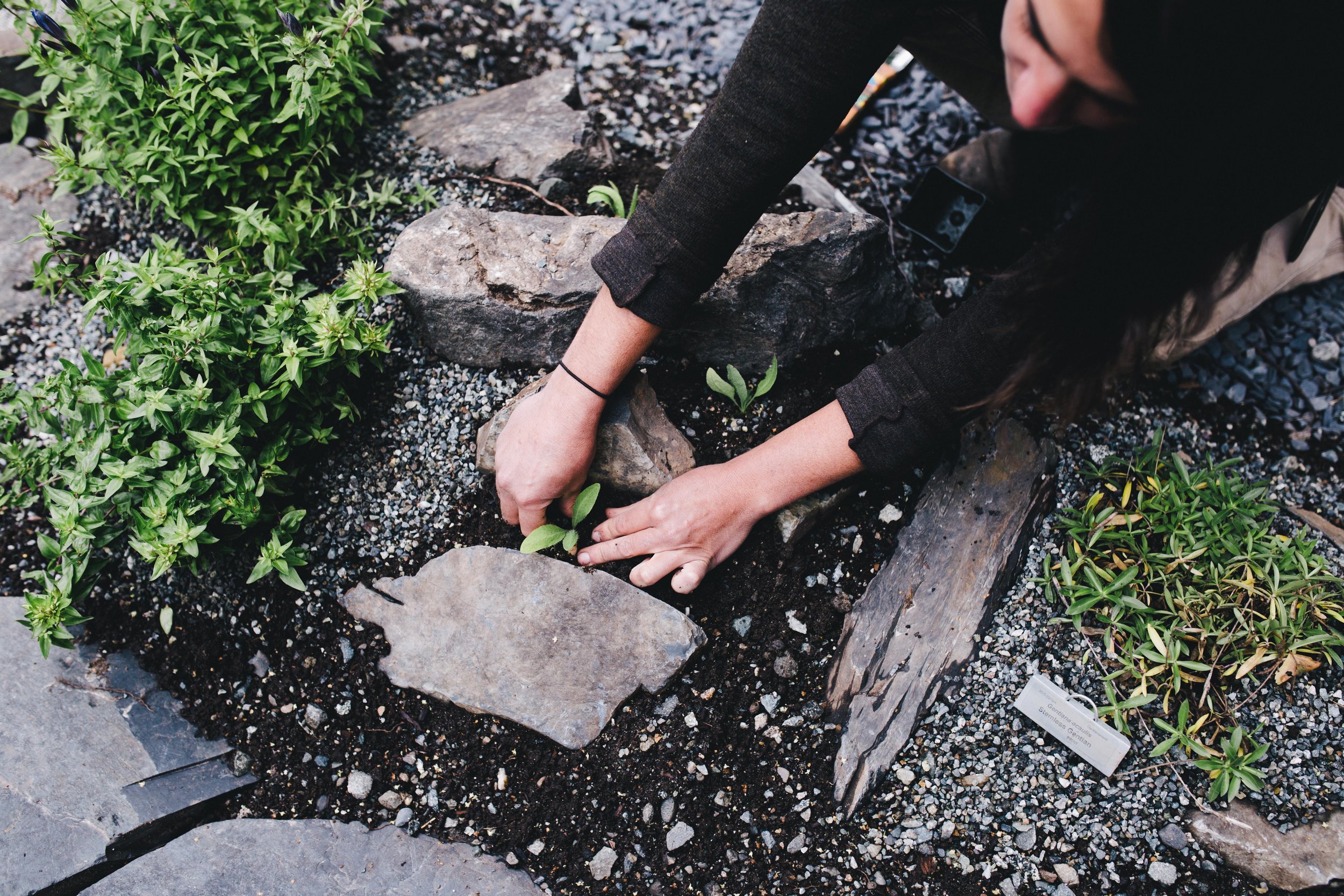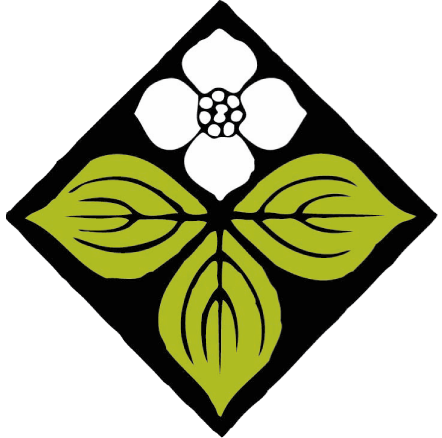Nationally Accredited Meconopsis Collection
Watch now: Alaska News Source feature on ABG’s Meconopsis collection
Published: Jul. 5, 2024 at 4:34 PM AKDT
Commonly referred to as Himalayan poppies, the genus Meconopsis is composed of fuzzy, flowering plants native to the Tibetan Plateau, which blurs the political lines of China, Tibet, Bhutan, India, and Nepal. These special plants display delicate blooms of that crinkly, thin poppy-style that span from white and yellow to red and purple, though it’s the blues that seem to win hearts. The genus is comprised of 90 or so species, and while preferred habitats range from high alpine scree to abundant meadows, most species favor ample, if fast-draining moisture, and protection from heat. Cultivation outside of their native habitat is fussy; Iceland, the northern UK, and Scandinavian climes have some luck with this genus, as well as southcentral Alaska.
Meconopsis is somewhat infamous for being predominately monocarpic: as opposed to the polycarpic approach of many perennials, monocarpic plants may live for a number of years but then give up the ghost entirely once they reach maturity and set seed. The genus is comprised of 4 subgenera, within which there is a high likelihood of hybridization between species. A great deal of care is taken when flowering begins: individual plants are carefully suited with a mesh bag to prevent insects from free-pollinating and inadvertently creating hybridized seed. Horticulture staff hand pollinates individual Meconopsis blooms using a paintbrush. If, during your visit you spy Meconopsis cocooned thusly, you’ll know we’re aspiring to collect seed that is true to species.
After years of research and preparation, ABG was granted national accreditation by the Plant Collections Network and the American Public Gardens Association for its Meconopsis Collection. To earn and maintain accreditation through the Plant Collections Network requires meeting industry standards in collections management: having the tools, resources, curiosity, and knowledge to record, report, and act in good stewardship. We have identified 15 target species that we believe we can successfully cultivate, of which 7 have been taxonomically verified, and 3 are multi-generational monocarpic species.
Meconopsis at ABG typically bloom from late June through July. Many display beautiful fuzzy leaf rosettes that are a delight to witness throughout the season.
Collection Scope and Target Species
With an eye toward conservation, our Meconopsis Collection is focused on true species rather than hybrids. Target species were chosen based on seed availability, suitability to our local climate, and prospect for success.
Building a collection dominated by monocarpic plants is an ongoing effort, as species naturally come and go each season. At any given time, several species are held in a propagation area of the nursery. The following accession items in the Meconopsis genus can be found planted out in the Garden:
2016-0129 M. quintuplinervia LOWER PERENNIAL verified
2020-0005 M. baileyi LOWER PERENNIAL
2022-0004, 2024-0038 M. punicea ROCK GARDEN - N6 verified
2020-0013, 2024-0014 M. baileyi var. Alba LILE’S - lower south
2023-0007, 2024-0005 M. delavayi ROCK GARDEN - N4
2021-0014 M. zhongdianensis ROCKERY verified
2023-0002 M. aculeata ROCK GARDEN - Troughs 1 and 2
2023-0004, 2024-0001 M. prattii ROCK GARDEN - Tufa
2024-0002 M. grandis F&P
2024-0008 M. rudis ROCK GARDEN - Terrace
2024-0007 M. balangensis ROCKERY
2024-0009 M. aculeata ROCKERY
2024-0033 M. integrifolia ROCKERY
2024-0037 M. yaoshanensis ROCK GARDEN - N6
2024-0041 M. zhongdianensis ROCK GARDEN - T35
Growing blue poppies? Cultural information and tips








